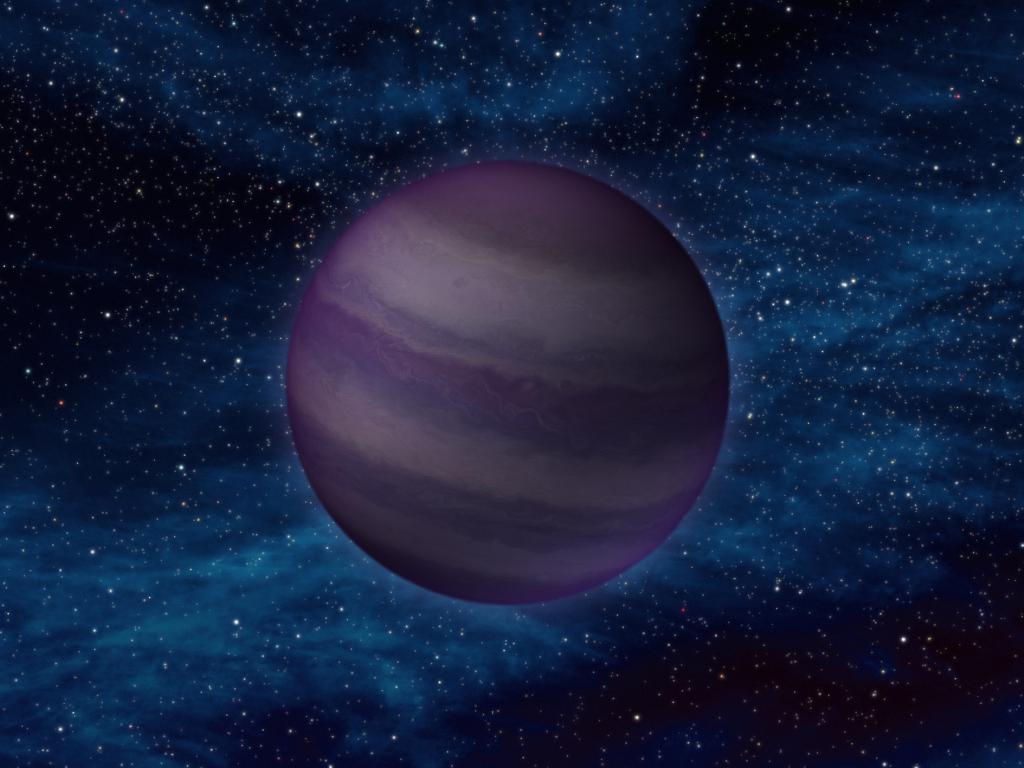Science News
Why Y Dwarfs?
March 26, 2013
by Ryan Wyatt

In yesterday’s piece, I described an evening’s work making precision measurements of brown dwarfs at the 6.5-meter Baade Telescope in Chile. But why go to so much trouble to figure out where these objects are in the sky? Well, to figure out how far away they are and how fast they are moving…
In particular, astronomers Jackie Faherty, an NSF fellow at the Universidad de Chile, and Chris Tinney, a professor at the University of New South Wales, are looking at the coolest brown dwarfs, called “Y dwarfs.” Fervently sought after for more than a decade, Y dwarfs have temperatures more similar to a human body than a star—the missing link between giant planets (such as Jupiter) and the lowest mass stars. The evening’s targets were discovered using NASA’s Wide-field Infrared Survey Explorer (WISE) mission, and although some are already confirmed brown dwarfs, the list also includes suspects that need further exploration.
Strictly speaking, brown dwarfs fall shy of the star categorization because they don’t have enough mass to sustain the fusion of hydrogen into helium—the primary thermonuclear reaction that causes stars to shine. “The little stars that couldn’t,” Tinney quips. Too small to ignite, brown dwarfs smolder at temperatures less than a third as hot as the Sun, or much cooler, as noted above.
We humans (even astronomers) tend to create categories more readily than nature does. If the difference between “star” and “brown dwarf” causes some confusion, then so does the difference between "brown dwarfs" and "giant planets"… Does the difference come down to the manner in which they form—planets building up from gas and dust around stars versus brown dwarfs from the collapse of gas clouds in isolation? Or do the composition differences define them—brown dwarfs burn a little hydrogen at birth, planets do not?
Certainly brown dwarfs start to look a lot more like planets… We classify stars based on elements we observe in their spectra (studying their light fingerprints, in a sense), and typically, that means looking for hydrogen and helium as well as trace quantities of elements such as calcium, silicon, and even iron. But as stars get colder, molecules take over and start absorbing light before it can escape the surface. By the time we reach brown dwarf temperatures, complicated chemistry takes over, and everything from silicates to methane can be found absorbing light. NASA scientists even think they’ve detected weather patterns in different layers of a brown dwarf atmosphere! Sounds a lot more like a planet than a star.
Based on the laws of physics and the witches’ brew of molecules observed in these objects, astronomers use computers to model the evolution of different kinds of brown dwarfs.
As Faherty explains:
Using a laboratory understanding of the complicated chemistry that exists at their low temperatures, modelers can make predictions about what the light fingerprints from brown dwarfs should look like. However, there is one major piece of the puzzle required to fully understand what brown dwarfs are made of: precise distances. These lead to intrinsic brightness values which grounds all other measurements we can make regarding brown dwarf compositions and evolution.
Thus, Faherty and Tinney have taken on the challenge of determining precise distances to the coldest brown dwarfs. In order to make the much needed measurements, they take repeated images of their targets, over many nights during the year, specifically timed to figure out the Y dwarfs’ distances and velocities—where they are, and where they’re going.
Knowing an object’s distance tells astronomers a lot: most critically, you can determine its intrinsic brightness, which helps lead to estimates of its temperature and age. Knowing an object’s kinematics (basically where’s its going and how quickly compared to other objects in the galaxy) can help astronomers understand how it fits into the populations of other objects in the galaxy.
Tomorrow, I’ll recap more of what these results will mean for understanding the nature of stars, planets, and the intriguing objects in between.
Ryan Wyatt is the director of the Morrison Planetarium and Science Visualization at the California Academy of Sciences.
Image credit: NASA/JPL-Caltech